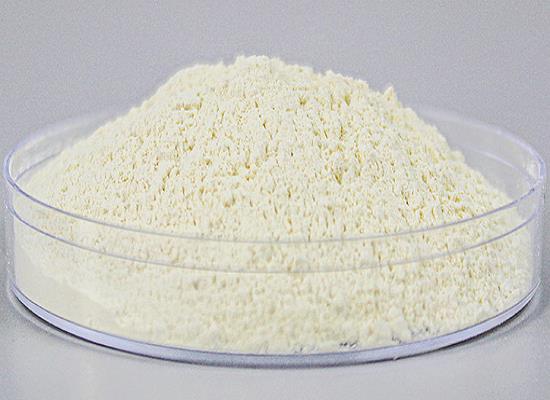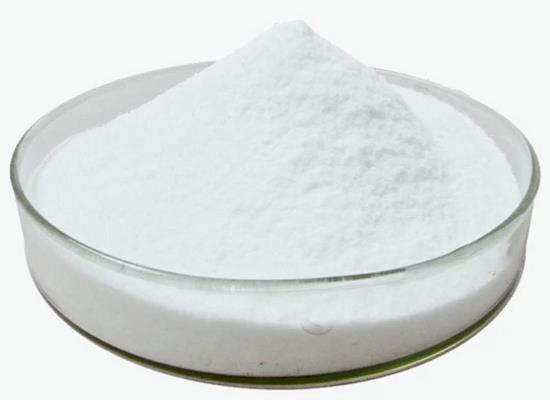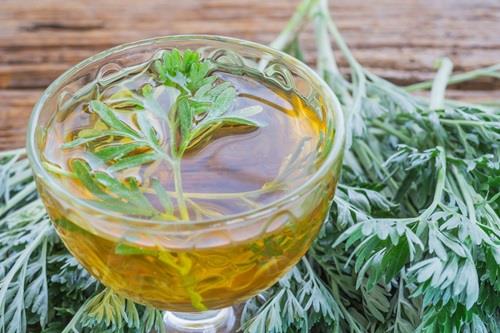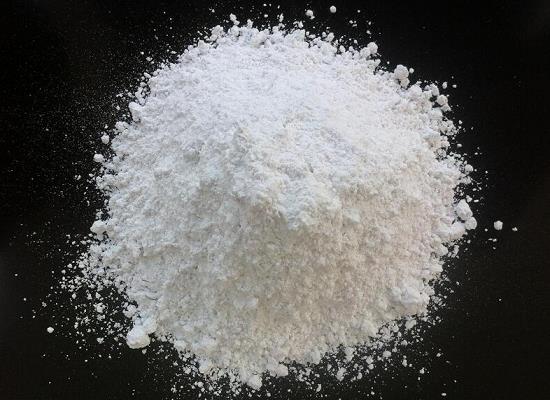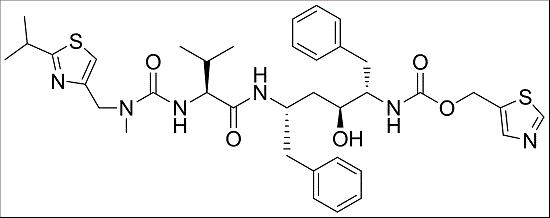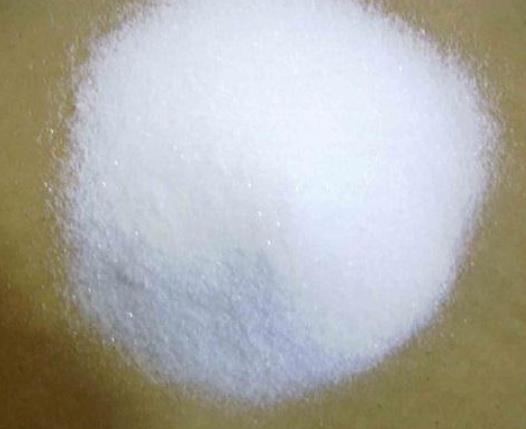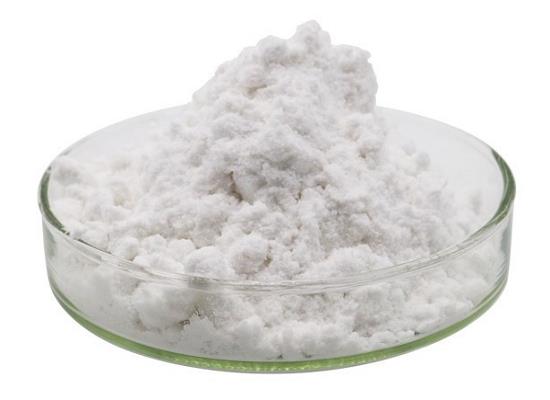Active Pharmaceutical Ingredients (API), popularly speaking, are the raw materials of medicines, only pharmaceutical raw materials are processed into pharmaceutical preparations , can they become medicines available for clinical use, so drugs we usually eat are the finished drugs through processing. Active Pharmaceutical Ingredients based on its sources can be divided into two major categories ,including chemical synthetic drugs and natural chemical drugs. Chemical synthetic drugs can be divided into organic synthetic drugs and inorganic synthetic drugs. Inorganic synthetic drugs are inorganic compounds ( very few is element), such as aluminum hydroxide, magnesium trisilicate which are used for the treatment of gastric and duodenal ulcers ; organic synthetic drugs are mainly composed of drugs made by basic organic chemical raw materials, through a series of organic chemical reactions (such as aspirin, chloramphenicol, caffeine, etc.). Natural chemical drugs ,based on its sources,can be divided into two categories including biochemical drugs and plant chemical drugs. Antibiotics are generally made by the microbial fermentation, which belongs to the biochemistry category. A variety of semi-synthetic antibiotics occurs in recent years,which are biosynthesis and chemical synthesis combining products.Among active Pharmaceutical Ingredients, the organic synthetic drugs varieties, yields and values have the largest proportion,which are the main pillars of the chemical and pharmaceutical industries. The quality of active Pharmaceutical Ingredients decides whether the formulation is good or bad , so its quality standards are very strict ,countries in the world have developed national pharmacopoeia standards and strict quality control methods for its widely used active Pharmaceutical ingredients.
Ferric Pyrophosphate: A Novel Iron Supplement for Managing Anemia in Chronic Kidney Disease
Ferric pyrophosphate shows promise for anemia in chronic kidney disease patients on hemodialysis, but long-term safety and cardiovascular impacts require further research.
Sep 6,2024 API1,3,5-Trimethoxybenzene: Role in Oxidation Reactions and its Biosynthesis Method
1,3,5-Trimethoxybenzene is vital in photochemical oxidation of alcohols and is biosynthesized from phloroglucinol, impacting organic synthesis and floral scents in Rosa chinensis.
Sep 6,2024 APIChlorphenesin: Scientific exploration of multipurpose chemicals
This paper aims to introduce basic properties, application fields, preparation methods, safety assessment, and safety precautions of chlorphenesin.
Sep 5,2024 APIArtemisinin: a scientific review of discoveries, properties, use methods and cases
Artemisinin is a molecule derived from Artemisia annua, This paper will introduce its discovery process, chemical properties, specific application methods.
Sep 5,2024 APIBarium Titanate: Structure and Biological Properties
Barium titanate, with its ferroelectric properties and biocompatibility, enhances bone regeneration and integrates well with tissue, especially when used in composite coatings.
Sep 5,2024 APIRitonavir: an important drug in the antiviral field
Ritonavir, as an antiviral drug, plays an important role in the medical field, especially in antiviral therapy. This article will introduce its information.
Sep 5,2024 APISodium Acid Pyrophosphate Food Grade: A Crucial Ingredient in Modern Food Processing
Sodium Acid Pyrophosphate (SAPP) Food Grade is a versatile and widely used chemical compound in the food industry.
Sep 5,2024 APIAmantadine: antiviral and anti-Parkinson's double guard
This article will introduce basic information, pharmacological action, clinical application, side effects, and precautions of amantadine.
Sep 5,2024 APIWhat is Chlorhexidine mouthwash?
Chlorhexidine mouthwash is the near-neutral solution (pH range 5-7), only advised for topical use and never for systemic administration.
Sep 4,2024 APIOmeprazole: Mechanism of Action, Pharmacokinetics and Pharmacodynamics
Omeprazole, a potent proton pump inhibitor, effectively reduces gastric acid for over 24 hours by binding to H+/K+-ATPase in parietal cells, with variable individual effects.
Sep 4,2024 API



